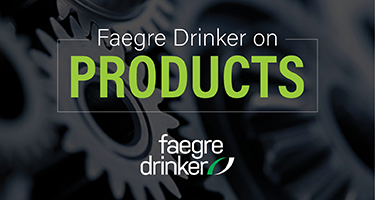Resolving a split among the intermediate appellate courts, the California Supreme Court recently issued an opinion that dramatically extends the period to file suit for birth defects in toxic tort cases. In Lopez v. Sony Electronics, Inc., No. S235357 (Cal. 7/5/18), the court held that these cases, already subject to tolling under the delayed discovery rule, are also tolled during the period of the plaintiff’s minority. The limitations clock does not even start to tick until at least the plaintiff’s eighteenth birthday.
Continue reading “To Toll or Not to Toll? An Unsettling Answer”

